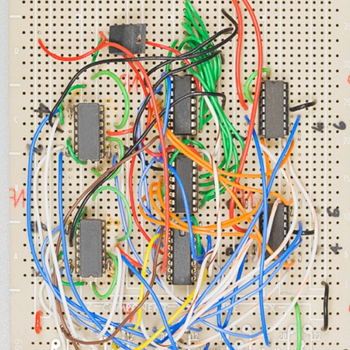Question #f7924
2 Answers
They react and form copper iodide(I) (
Thank you for Gaya3's post.
Explanation:
I thought that reaction with copper sulfate(
This is what I have written:
(1) Potassium cation (
alkali metal cations form no precipitation with any anions.
(2) Iodine anion (
in the group 17 in the periodic table. Halogen anions don't
precipitate expect with
What I did not notice was the fact that
Yes!
Explanation:
Equation:
After Balancing,
Watch it happen here


